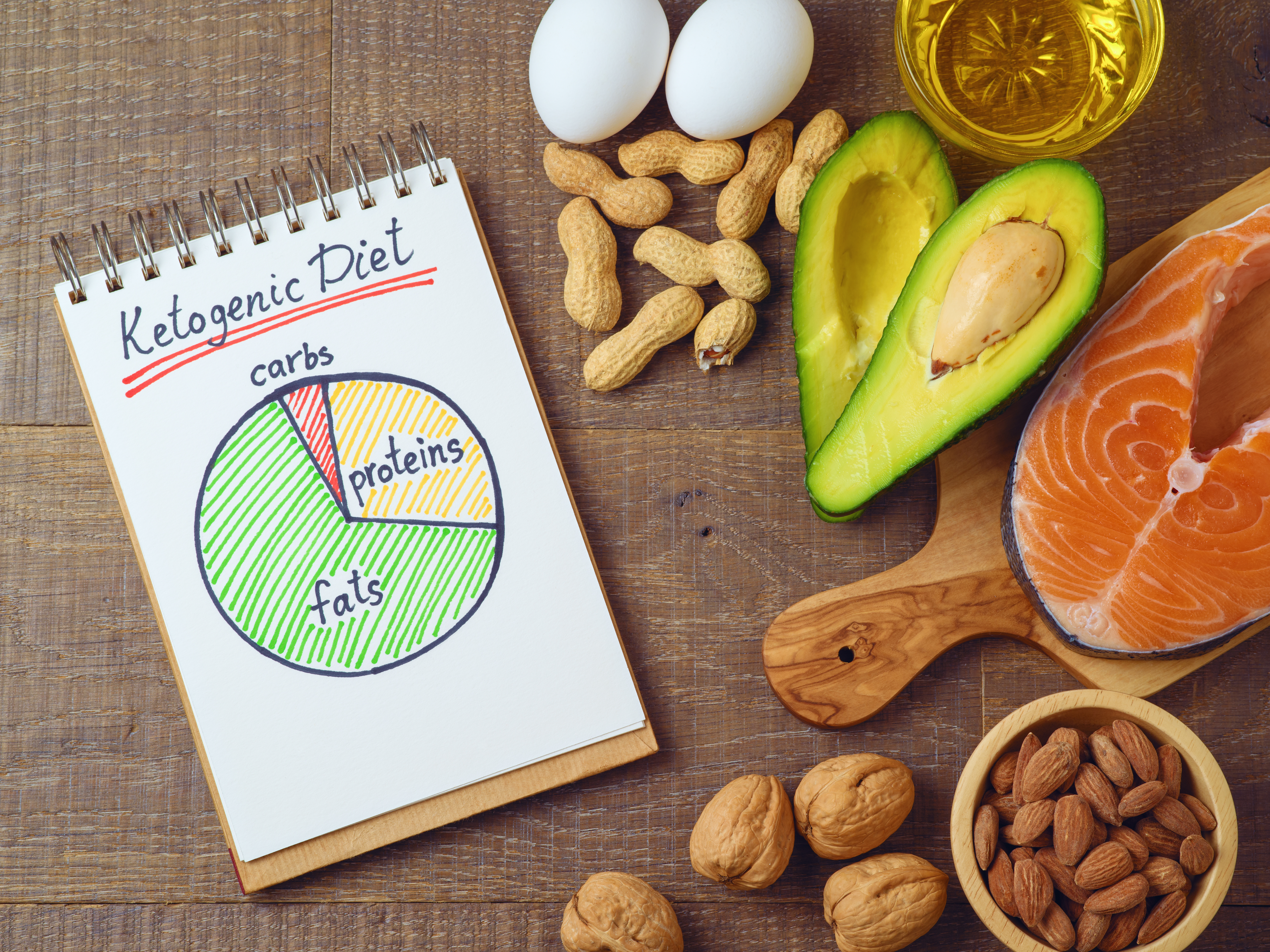Obesity and other related health problems that arise from copious weight gain have risen to epidemic levels in the United States over the last 20 years. Whether it be societal, economic, political, and/or scientific reasoning, obesity’s grip on Americans’ bodies and wellness is something that should be of great concern. To combat this, a variety of diets and consumption plans have emerged.
The keto diet, short for ketogenic diet (KD), focuses on the consumption of fats and the reduction of carbohydrates to lose weight and combat obesity. By consuming a moderate amount of fat while avoiding carbohydrates, an individual is able to lose body fat in the process. For many people, this seems to be paradise: they can still eat all the pork belly, steak, and ribs as they please and avoid grains or sweets while still losing weight. However, with almost any other diet, there are often scientific studies that both support and refute its efficacy.
KD is given its name because it utilizes molecules known as ketone bodies as fuel for the body. These ketone bodies (acetone, acetoacetate, and D-B-hydroxybutyrate), which are induced from high fat and low carbohydrate intakes, are then converted through multiple metabolic pathways in the body into a carbon substituent known as acetyl-CoA. This acetyl-CoA can then be utilized to produce the energy needed for survival and physiological function as it is the intermediary to be broken down for more energy through a process known as oxidative phosphorylation.
With current research stating that excess carbohydrates and refined sugars can lead to greater risks of health problems such as type 2 diabetes, heart attacks, and the aforementioned obesity, it is clear that many people are gravitating to a straight-forward and relatively flexible diet in order to lose weight and lead a healthier lifestyle.
Image Source: Lacaosa
But, as with many other things, there is more than meets the eye regarding the keto diet. A minor concern with KD is, due to the complicated steps that the body takes to metabolize ketone bodies into energy, it is often not the best choice for athletes who need to cut weight or to condition to get into extreme physical shape. Ketone body metabolism is timely and, therefore, does not provide enough energy quickly enough for professions with high energy outputs. Furthermore, ketone bodies are metabolized directly into sugar via a process known as gluconeogenesis, which also often costs the body energy in order to produce said sugars necessary for survival.
Long term adherence to KD without follow-up and supervision from a physician/dietitian can often result in dangerous physiological side effects known as ketoacidosis. Induced by high levels of ketone bodies in the bloodstream, the body’s blood decreases in pH from its normal homeostatic state and becomes more acidic, leading to a multitude of symptoms including kidney failure, fatigue, comas, and, even in many cases, death. Ketoacidosis is also a medical condition associated with those with uncontrolled type 2 diabetes. The irony of this all is that many people at risk for type 2 diabetes are often the first adherents to the keto diet, not knowing that KD is basically induced-diabetes for the sake of weight loss.
All in all, the keto diet has its merits in its simplicity (no carbs/sugars) and its ability to adapt to the lifestyle of its adherents, with results evident within a relatively short period of time. However, the downsides, if not managed properly, can have serious consequences.
Feature Image Source: © maglara / Adobe Stock.










